The vast expanse of the cosmos has always fascinated humanity. From the twinkling stars to the swirling galaxies, the universe holds endless mysteries waiting to be explored. While professional astronomers have access to state-of-the-art equipment and observatories, amateur astronomers can also witness the wonders of the cosmos with the right tools. Whether you’re an experienced stargazer or just starting out, this article will explore the must-have tools for amateur astronomers to help you discover the beauty of the cosmos.
Tools for Observing the Cosmos

Exploring the cosmos can be an exciting and fulfilling hobby for amateur astronomers. However, to truly appreciate the beauty and wonder of the universe, you need the right tools. The most important tool for observing the cosmos is a telescope. There are many different types of telescopes available, but the most common are refractor, reflector, and compound telescopes. Refractor telescopes use lenses to focus light, while reflector telescopes use mirrors. Compound telescopes, also known as catadioptric telescopes, use a combination of lenses and mirrors to focus light. The type of telescope you choose will depend on your budget, the objects you want to observe, and your level of experience.
In addition to a telescope, you will need a few other essential tools for observing the cosmos. A good set of eyepieces is essential for achieving different magnifications and getting the best view of celestial objects. A star chart or planisphere can help you navigate the night sky and find the objects you want to observe. A red flashlight is also useful for preserving your night vision while observing. Other optional tools include a camera for astrophotography, a tripod for stability, and a dew shield to prevent moisture from forming on your telescope. With the right tools and a little bit of practice, amateur astronomers can explore the cosmos and discover the wonders of the universe.
Telescope Basics
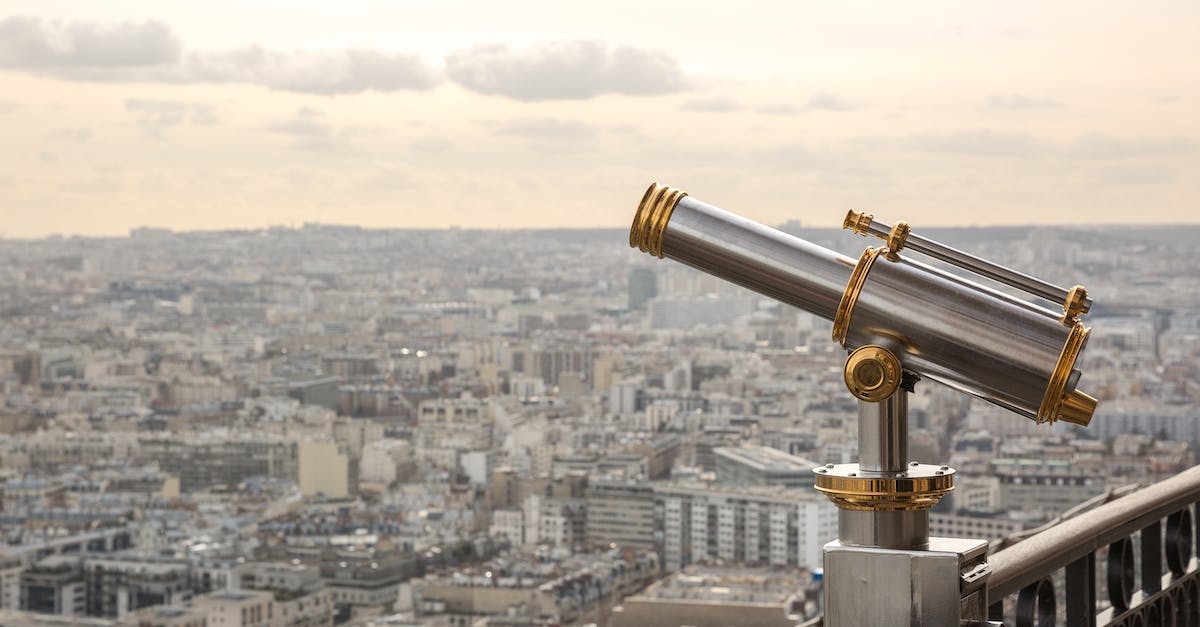
The most important tool for any amateur astronomer is a telescope. There are several factors to consider when selecting a telescope, such as aperture, focal length, and type of mount. Aperture refers to the diameter of the telescope’s main optical component, and a larger aperture allows for a clearer and brighter image. Focal length determines the magnification power of the telescope, and a longer focal length results in higher magnification. Mounts can be either equatorial or alt-azimuth, with equatorial mounts being better for tracking celestial objects over time. It’s important to do research and consider your own needs and preferences before investing in a telescope.
In addition to a telescope, there are several other tools that can enhance the stargazing experience. A red light flashlight is essential for preserving your night vision while observing. Star charts or a mobile app can help identify celestial objects and navigate the night sky. A comfortable chair or blanket can make extended viewing sessions more enjoyable. Binoculars can also be a useful tool for observing larger areas of the sky and can be a good option for beginners or those on a budget. With the right tools and a bit of patience, amateur astronomers can enjoy the wonders of the cosmos from their own backyard.
Binoculars: A Great Alternative
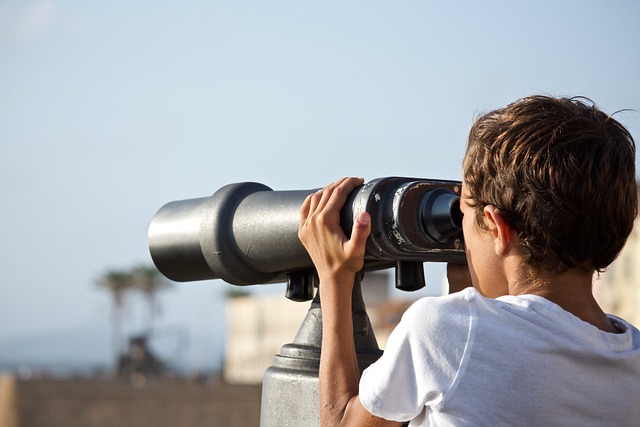
While telescopes are the go-to tool for most astronomers, binoculars are a great alternative for amateur stargazers. They are portable, easy to use, and relatively inexpensive compared to telescopes. Binoculars allow for wider views of the night sky, making them ideal for observing star clusters, galaxies, and even the Milky Way. They also have a larger field of view than telescopes, making it easier to locate and track objects in the sky. Additionally, binoculars can be used for daytime activities such as birdwatching or hiking, making them a versatile tool for outdoor enthusiasts.
When choosing binoculars for astronomy, look for models with a large objective lens (at least 50mm) to allow for better light-gathering capabilities. Higher magnification is not always better, as it can result in a shaky image and make it difficult to hold the binoculars steady. A magnification of 7x to 10x is generally recommended for astronomy. It is also important to consider the weight and size of the binoculars, as they will need to be held steady for extended periods of time. Finally, investing in a tripod or mount can help stabilize the binoculars and provide a more comfortable viewing experience. With the right binoculars and a clear night sky, amateur astronomers can explore the cosmos and discover the wonders of the universe.
Star Charts and Planispheres
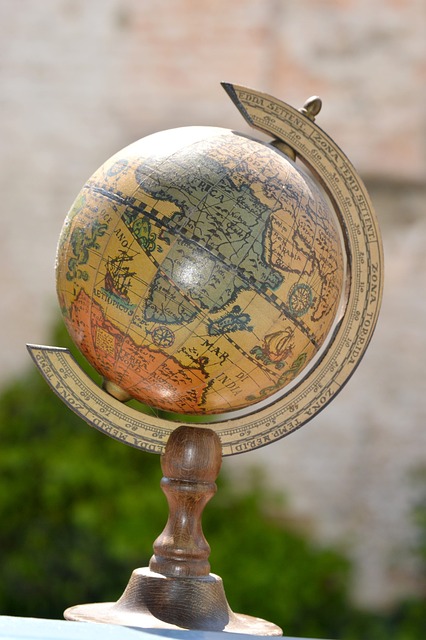
One of the most important tools for amateur astronomers is a star chart or planisphere. These tools provide a visual representation of the night sky, allowing observers to identify stars, constellations, and other celestial objects. Star charts and planispheres are available in various formats, from paper charts to digital apps. Some of the most popular options include the Sky & Telescope Pocket Sky Atlas, the Orion Star Target Planisphere, and the Stellarium app. Many of these tools also include additional features such as information on planetary positions, meteor showers, and deep-sky objects.
When selecting a star chart or planisphere, it is important to consider the observer’s location and the time of year. Different charts may be designed for use in different latitudes, and some may be more appropriate for observing during certain seasons. Additionally, some tools may be more user-friendly for beginners, while others may offer more advanced features for experienced observers. Overall, a good star chart or planisphere is an essential tool for any amateur astronomer looking to explore the cosmos and expand their knowledge of the night sky.
Astronomy Apps

With the advent of smartphones, astronomy has become more accessible than ever. There are several astronomy apps available that can help amateur astronomers explore the cosmos. One such app is SkyView, which uses the phone’s camera and GPS to identify celestial objects in the sky and provide information about them. Another popular app is Star Chart, which provides an interactive map of the night sky and allows users to explore the stars and planets in real-time. These apps can be a great resource for amateur astronomers who want to learn more about the universe.
Other astronomy apps that are worth checking out include NASA’s app, which provides the latest news and images from the space agency, and Night Sky Tools, which provides a range of tools for observing the night sky, including a star chart, moon phase calendar, and a meteor shower calendar. These apps can be a great way to enhance your astronomy experience and learn more about the universe. Whether you are a beginner or an experienced astronomer, there is an app out there that can help you explore the cosmos.
Red Light Flashlights

One of the essential tools for amateur astronomers is a red light flashlight. These flashlights emit a red light that helps the eyes adjust to the darkness, making it easier to see stars and other celestial objects. Red light is ideal for astronomy because it does not affect the eyes’ ability to adapt to the darkness as much as white light does. When using a white light flashlight, the eyes take longer to adjust to the dark again after the light is turned off, which can be frustrating for stargazers. A red light flashlight also helps to preserve night vision, allowing amateur astronomers to see more details in the night sky.
When choosing a red light flashlight, it is important to consider the brightness and the type of bulb. A flashlight with an adjustable brightness setting is ideal as it allows you to adjust the brightness to suit your needs. LED bulbs are also recommended because they are energy-efficient and have a longer lifespan than traditional bulbs. Some red light flashlights also come with additional features such as a strobe function and a clip for easy attachment to a telescope or tripod. Overall, a red light flashlight is a must-have tool for any amateur astronomer looking to explore the cosmos and discover the wonders of the night sky.
Astronomy Books and Magazines

Exploring the Cosmos: Must-Have Tools for Amateur Astronomers is a comprehensive guide for anyone interested in stargazing. Written by experienced astronomers, this book covers all the essential tools and equipment needed to observe and explore the cosmos. It includes detailed information on telescopes, binoculars, eyepieces, filters, and other accessories that are crucial for amateur astronomers. The book also provides practical advice on how to choose the best equipment based on your budget and observing goals.
In addition to equipment, Exploring the Cosmos also covers the basics of astronomy, including the different types of celestial objects and how to find them in the night sky. The book is filled with stunning photographs and illustrations that bring the wonders of the universe to life. It also includes tips on how to plan observing sessions and keep a log of your observations. Whether you’re a beginner or an experienced astronomer, Exploring the Cosmos is an essential resource for anyone who wants to explore the beauty and mystery of the universe.
Solar Filters
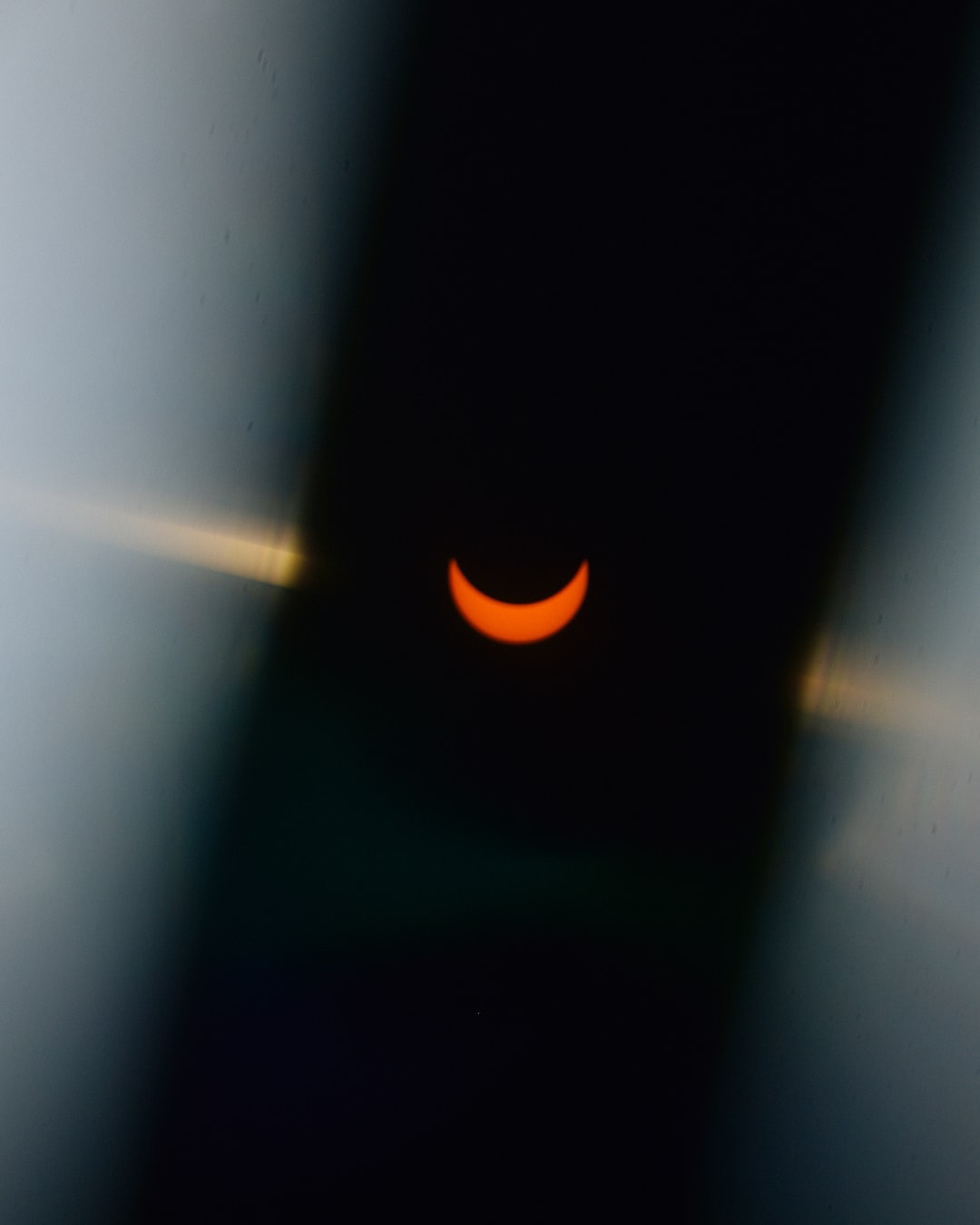
Solar filters are a crucial tool for any amateur astronomer who wants to observe the sun. These filters work by blocking out harmful UV and infrared radiation and allowing only a safe amount of visible light to pass through. Without a solar filter, looking directly at the sun through a telescope or binoculars can cause permanent eye damage or blindness. There are several types of solar filters available, such as film filters, glass filters, and metal-coated filters. Each type has its own advantages and disadvantages, so it’s important to do some research and choose the filter that best suits your needs and budget. Some popular brands of solar filters include Baader Planetarium, Thousand Oaks Optical, and Celestron.
It’s also important to note that solar filters should be used with caution and proper care. Always make sure the filter is securely attached to your telescope or binoculars and check for any damage or scratches before use. Never use a filter that is cracked, chipped, or damaged in any way. Additionally, never look directly at the sun without a filter or attempt to make your own filter using household materials. Doing so can result in serious eye injury or blindness. By using a high-quality solar filter and following proper safety precautions, amateur astronomers can safely observe and explore the fascinating features of the sun.
Telescope Filters
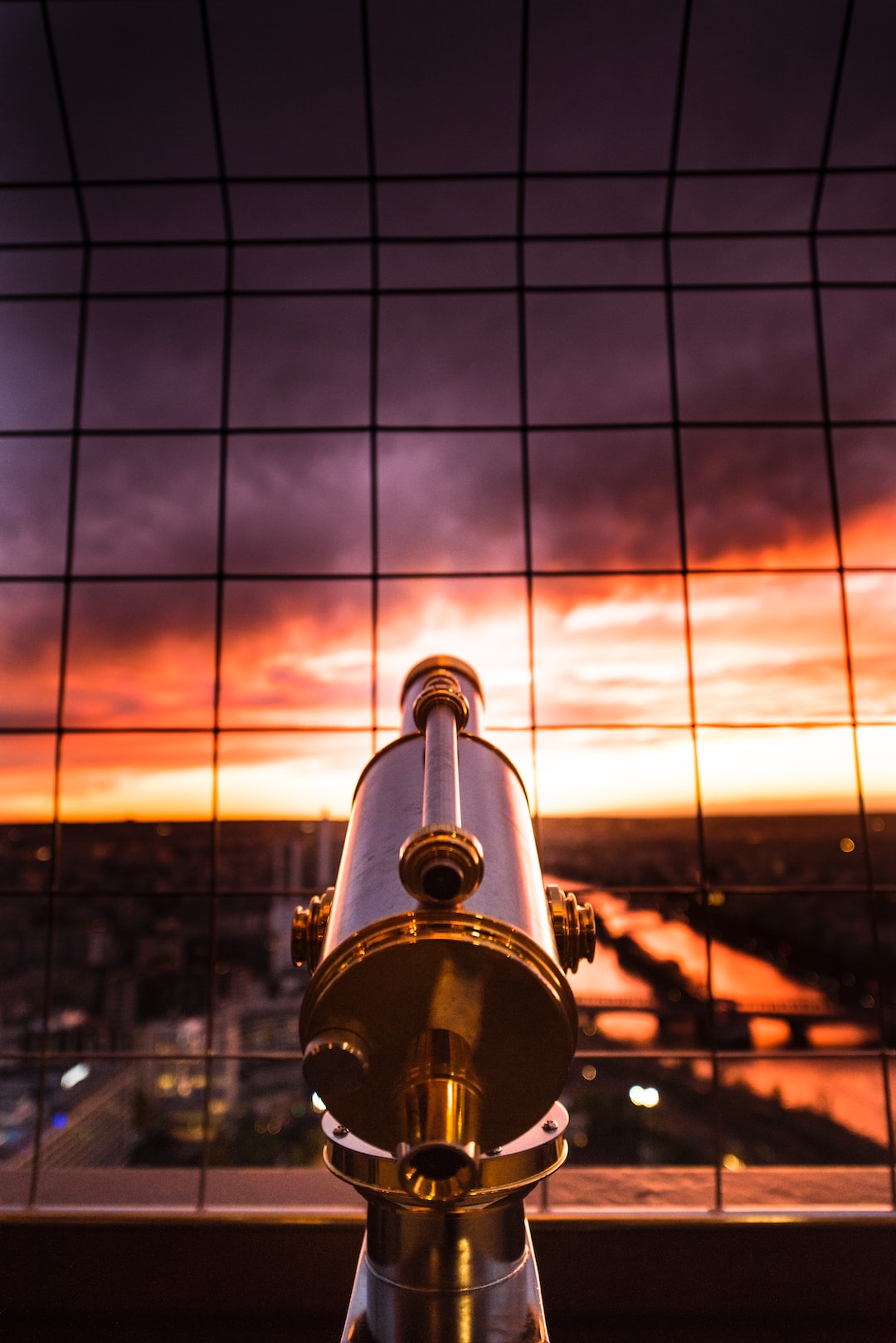
Telescope filters are essential tools for amateur astronomers who want to explore the cosmos in detail. They are designed to enhance the clarity and contrast of celestial objects by blocking unwanted light and reducing glare. There are several types of filters available, each with its unique purpose and benefits. For instance, a light pollution filter helps to eliminate the effects of artificial light from cities and towns, making it easier to observe faint objects in the night sky. On the other hand, a solar filter is a must-have for anyone who wants to observe the sun safely without damaging their eyes. It blocks harmful UV and infrared radiation while allowing visible light to pass through, providing a clear and detailed view of the sun’s surface and features.
Another type of filter that is widely used by amateur astronomers is the color filter. These filters work by enhancing specific wavelengths of light to reveal more details about celestial objects. For example, a red filter can bring out the details of the Martian terrain, while a blue filter can help to reveal the cloud patterns on Jupiter. Other types of filters include narrowband filters, which allow only a specific range of wavelengths to pass through, and polarizing filters, which reduce glare and enhance contrast. Whatever your observing needs, there is a filter out there that can help you get the most out of your telescope and explore the cosmos with greater clarity and detail.
Observing Chairs and Tables

Observing chairs and tables are essential tools for amateur astronomers who want to explore the cosmos. These tools provide a comfortable and stable platform for observing the night sky. Observing chairs are designed to provide a comfortable seating position for extended periods of time while observing the sky. They are adjustable and can be tilted to provide a comfortable viewing angle. Observing tables, on the other hand, provide a stable surface for telescopes and other observing equipment. They are designed to be lightweight and portable, making them easy to transport to observing sites. Some observing tables even come with built-in power supplies for powering telescopes and other equipment.
Choosing the right observing chair and table is important for amateur astronomers who want to get the most out of their observing sessions. The chair should be comfortable and adjustable to provide a comfortable viewing angle. The table should be sturdy and stable to prevent wobbling and shaking while observing. It should also be lightweight and portable so that it can be easily transported to observing sites. When choosing an observing chair and table, it is important to consider the size and weight of the equipment that will be used with them. With the right observing tools, amateur astronomers can explore the cosmos and discover the wonders of the universe.

